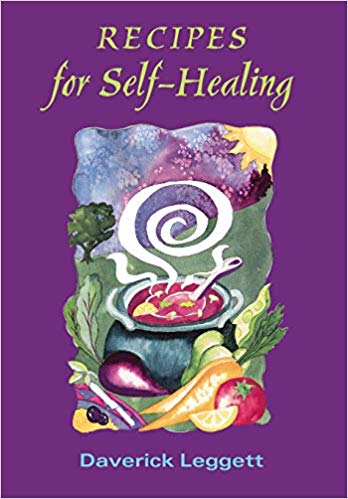Choosing the right herb is essential to achieving healing results. But, if you continue eating to feed your disease, even herbs won’t help.
This is because every food or drink we consume has a particular energy that in turn directly affects the energetic balance in our bodies. Food can cause heat or coldness, dryness or dampness, congestion or weakness. Likewise, different kinds of food can affect each of the organs.
Traditional cultures throughout the world recognize the energy of food. However, most of us in the West eat and drink whatever we want or what makes us “feel good” emotionally. Western medicine does not recognize the same connections between food and disease that traditional cultures do.
The fact is, whatever you eat or drink directly affects your body’s health. This means that one to three or more times a day, you are creating a particular energy in your body. If it is contrary to the shift your body needs in order to heal, food and drink will slow the effectiveness of any herbs you take, or perhaps have no results at all.
At our recent seminar in April 2019, one of our graduates, Gregory, pointed out two books to me about the energetics of food, both of which I didn’t know. The one I enjoyed most was, Recipes for Self-Healing, by Daverick Leggett ((Meridian Press, Tobnes, England, 1999, latest reprint 2001). I can’t believe this book has been out so long and I wasn’t familiar with it. At least now we’ve been introduced.
Not only does this book cover the energy of food and drink but it also includes many wonderful recipes. I made four of them one night for dinner and loved every one of them. Interestingly, each was perfect for my body. Sometimes we do crave what we need!
But Recipes for Self-Healing is much more than a cookbook. It also teaches how to heal on all levels – physical, emotional, mental and spiritual – through various means. It covers perspectives on nourishment and their sources, basic Traditional Chinese Medicine properties and how acute disease can enter the body. There’s even a section on “Biography as Biology,” pointing to some of the wholistic approaches that ancient TCM once incorporated.
Then there is the recipe section. Here it describes the energy of specific foods and spices, followed by multiple recipes. Each recipe discusses the energy of its ingredients and their effects on the body.
There are recipes for soups, salads, grains, vegetables, meat and fish, sauces, dips and relishes, condiments, bakery, desserts, and drinks. There are teas listed to drink at the beginning of colds or flu due to coldness or heat and also one to aid digestion. There’s even a section on leftovers. It also provides guidelines to crating your own self-heating recipes. Finally, there are notes on children and babies, fasting, and the energetic actions of vitamins, minerals and common drugs.
Overall, this book provides a wholistic healing system with an emphasis on choosing foods for your personal health needs. It helps you create your own healing process through most all substances you put in your mouth. If you want to achieve renewed health, this is one book to definitely add to your kitchen!

